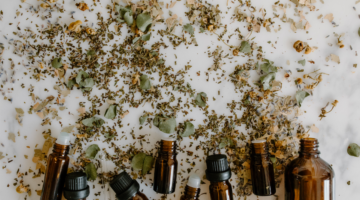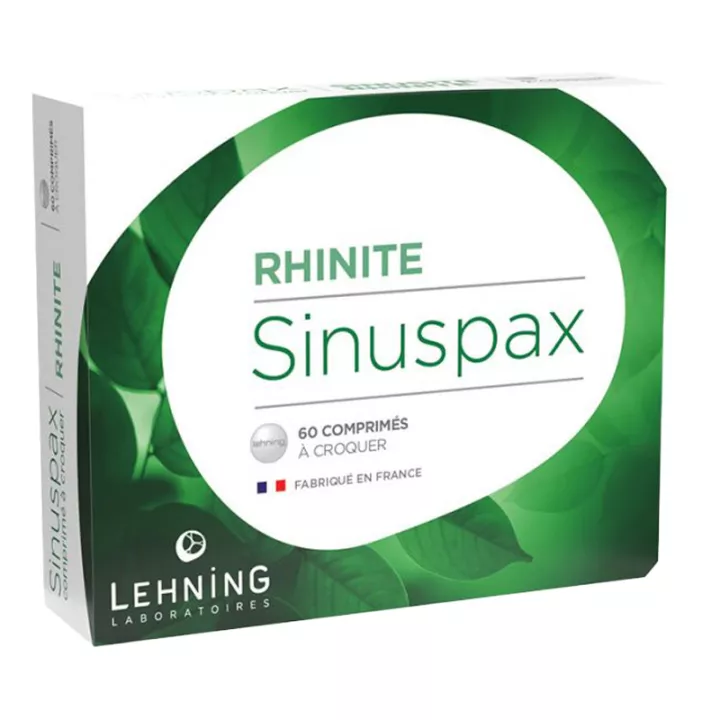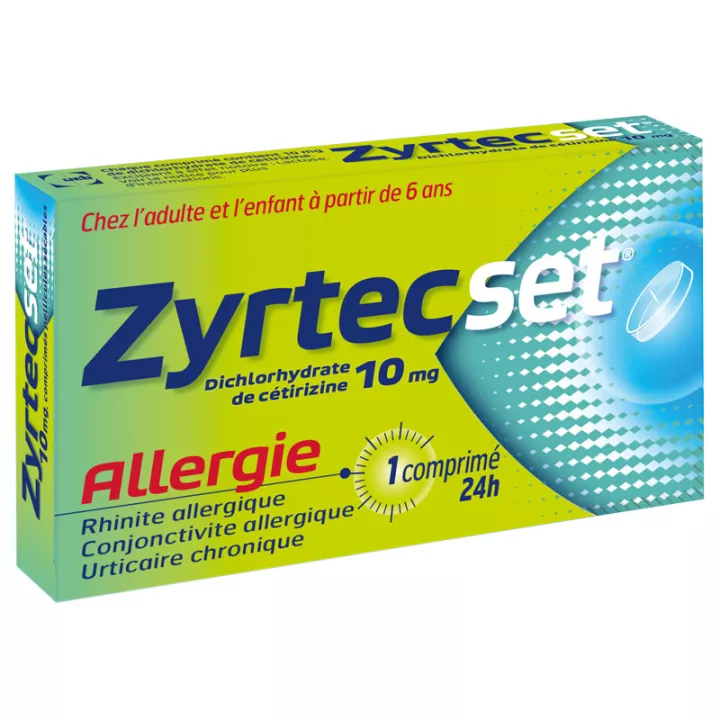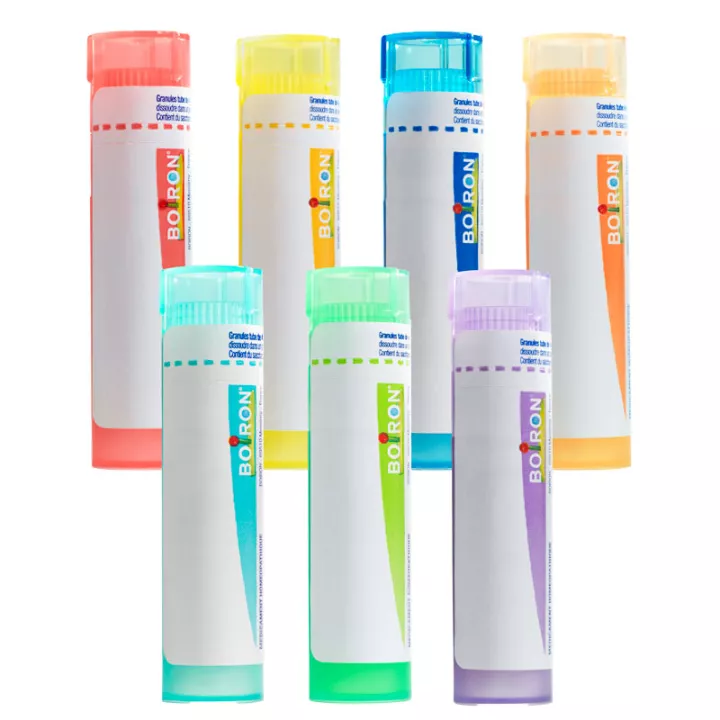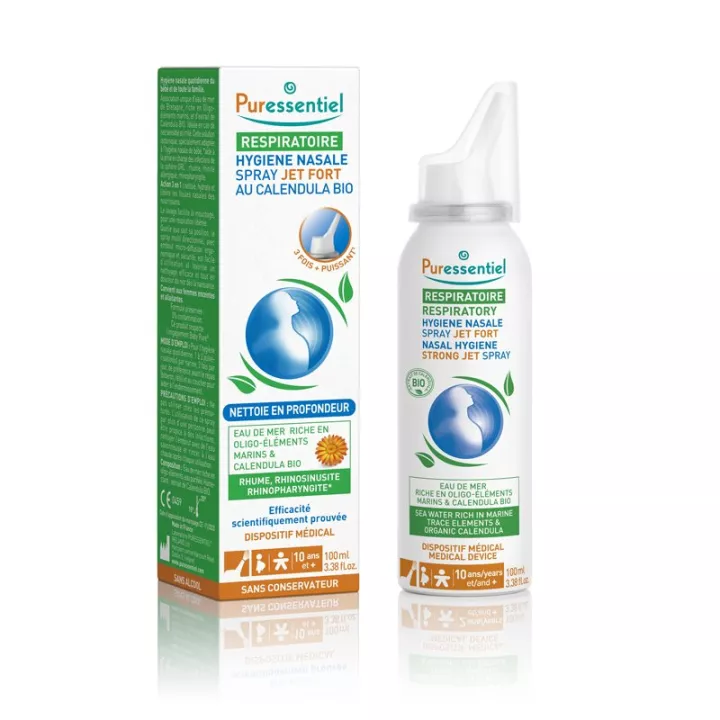What is Lehning Sinuspax used for?
Lehning Sinuspax is a homeopathic medicine that combines a series of strains carefully selected for their effectiveness in treating the symptoms of sinusitis and rhinitis.
In the treatment of sinusitis and rhinitis, Sinuspax Lehning uses a number of homeopathic strains specifically chosen for their targeted properties on the symptoms of these conditions. Here are the indications for the different strains in Sinuspax Lehning to treat sinusitis and rhinitis:
- Belladonna: Used for its anti-inflammatory properties, it is effective in the treatment of acute pain and sudden inflammation, often observed in cases of sinusitis.
- Calcarea carbonica ostrearum: This strain is often recommended for people suffering from chronic nasal congestion and excessive mucus formation.
- Calcarea fluorica: Helps strengthen the elastic tissues of the mucous membranes and is useful in cases of chronic sinusitis with thickening of the mucous membranes.
- Cinnabaris: Specifically indicated for sensations of pressure in the nose and pain around and between the eyes, common symptoms of sinusitis.
- Hepar sulfuris calcareum : Prized for its rapid action on suppurative conditions, it is particularly effective against acute sinusitis with risk of suppuration.
- Hydrastis canadensis : Used for posterior sinusitis and rhinitis with thick, viscous postnasal drip.
- Kalium bichromicum : Ideal for thick, stringy, adherent discharges characteristic of chronic rhinitis and sinusitis.
- Kalium sulfuricum : Used in cases of yellow, viscous mucous discharge, typical of intermediate-stage infections.
- Manganum sulfuricum : This strain is suitable for chronic mucosal inflammation with abundant secretions.
- Sabadilla: Effective for bursts of sneezing and nasal irritation, often symptoms of allergic rhinitis.
- Silicea: Known for its action on chronic processes, it helps fortify the body's defenses and expel foreign bodies, including excessive sinus mucus.
- Thuya occidentalis: Recommended for chronic inflammation with thick mucus production, often associated with fungal or bacterial infections.
These strains work synergistically to treat the complex symptoms of sinusitis and rhinitis, offering relief by targeting inflammation, pain, congestion and excessive secretions.
Lehning's Sinuspax provides fast, effective relief from nasal symptoms such as inflammation and pain, easing breathing and reducing associated headaches and facial pain. Thanks to its natural ingredients, Lehning Sinuspax works without the undesirable side effects common with conventional medicines. It offers a safe and natural homeopathic approach to treating sinusitis and rhinitis, whether allergic or not. Lehning's Sinuspax is an ideal alternative for those who prefer to avoid conventional medicines, offering an effective, natural solution for these conditions.
Sinusitis manifests itself as inflammation of the mucous membranes of the sinuses, the bony cavities in the face that communicate with the nasal cavities. This inflammation, often the result of a viral or bacterial infection, can block these passages and prevent the normal drainage of mucus, creating a favorable environment for microbial proliferation. Lehning Sinuspax is specially formulated to target and relieve the unpleasant symptoms of sinusitis and rhinitis. The tablets work gently but effectively to reduce inflammation, decongest blocked nasal passages, and soothe the pain associated with these conditions.
With Sinuspax Lehning, sufferers can regain respiratory comfort and a better quality of life, freeing themselves from the daily stresses of sinusitis and rhinitis. This homeopathic treatment also boosts the immune system, preventing recurrent respiratory infections and improving overall health.
What is the composition of Sinuspax?
| Composition |
|
For 1 tablet of 500 mg |
| Belladona |
3 DH |
20 mg |
| Calcarea carbonica ostrearum |
3 DH |
20 mg |
| Calcarea fluorica |
3 DH |
20 mg |
| Cinnabaris |
8 DH |
20 mg |
| Hepar sulfuris calcareum |
5 DH |
20 mg |
| Hydrastis canadensis |
3 DH |
20 mg |
| Kalium bichromicum |
5 DH |
20 mg |
| Kalkium sulfuricum |
4 DH |
20 mg |
| Manganum sulfuricum |
3 DH |
20 mg |
| Sabadilla |
3 DH |
20 mg |
| Silicea |
5 DH |
20 mg |
| Thuya occidentalis |
2 DH |
20 mg |
Excipients : lactose, saccharose, glucose.
Made in France.
Precautions for use
- Presence of Silicea and Hepar sulfur, do not use in case of otitis or sinusitis without medical advice.
- Contains lactose, sucrose and mannitol.
- If symptoms persist, consult your doctor.
- Ask your pharmacist for advice. Read leaflet carefully.
- In the event of flu-like symptoms (fever over 38°C, aches and pains, extreme fatigue combined with respiratory signs such as coughing), influenza may be suspected.
How do I take this homeopathic remedy?
For adults and children over 6 years of age. To be taken orally.
- Adults: 2 chewable tablets 2 to 3 times a day.
- Children over 6: 1 chewable tablet 2 to 3 times a day.
Chew tablets and allow to melt, preferably between meals.
Take at intervals as soon as symptoms improve, and stop as soon as they disappear. Maximum duration of treatment: 10 days.
Presentation - Packaging
Box of 60 x 500 mg tablets.
Authorized drug N° AMM / CIP 3400932020751
Our advice and expert opinions in Pharmacy
Rhinitis and sinusitis are two common but distinct respiratory conditions, affecting the nasal passages and sinuses. Understanding their differences is crucial to proper diagnosis and treatment.
Rhinitis: Rhinitis is an inflammation of the nasal mucosa. It can be caused by allergens (allergic rhinitis) or viruses (viral rhinitis). Typical symptoms of rhinitis include a clear nasal discharge, repetitive sneezing and nasal congestion. Colds and allergies are the most common causes of rhinitis.
Sinusitis: Sinusitis is an inflammation or infection of the sinuses, the air-filled cavities around the nose and eyes. This condition can be triggered by a viral or bacterial infection, often following rhinitis, especially if the nasal passages are blocked. Symptoms of sinusitis include facial pain or pressure, increased nasal congestion, thick nasal discharge that's often yellow or green in color, diminished or lost sense of smell, as well as headaches, bad breath, fatigue and coughing.
Main differences :
- Origin of symptoms: Rhinitis is essentially an inflammation of the inner lining of the nose, while sinusitis involves the paranasal sinuses, affecting larger areas of the face.
- Nature of symptoms: Rhinitis manifests itself mainly as clear nasal discharge, sneezing and congestion, without significant facial pain. Sinusitis, on the other hand, can cause pain or specific pressure in affected sinus areas, loss of smell, and thicker, colored nasal discharge.
- Duration of symptoms: Symptoms of rhinitis, especially when allergic in origin, may last as long as exposure to the allergen persists. Sinusitis symptoms, especially in acute cases, can persist for several weeks, often requiring medical treatment for complete resolution.
Treatment and prevention tips:
- For rhinitis, avoiding known allergens, using antihistamines or nasal sprays recommended by a healthcare professional can help control symptoms.
- For sinusitis, measures such as hydration, the use of saline nasal sprays, and sometimes antibiotics (for bacterial sinusitis) are necessary. Decongestants or corticosteroids may also be prescribed to reduce inflammation and ease breathing.
It is important to consult a doctor if symptoms persist or worsen, in order to receive an accurate diagnosis and a suitable treatment plan.
